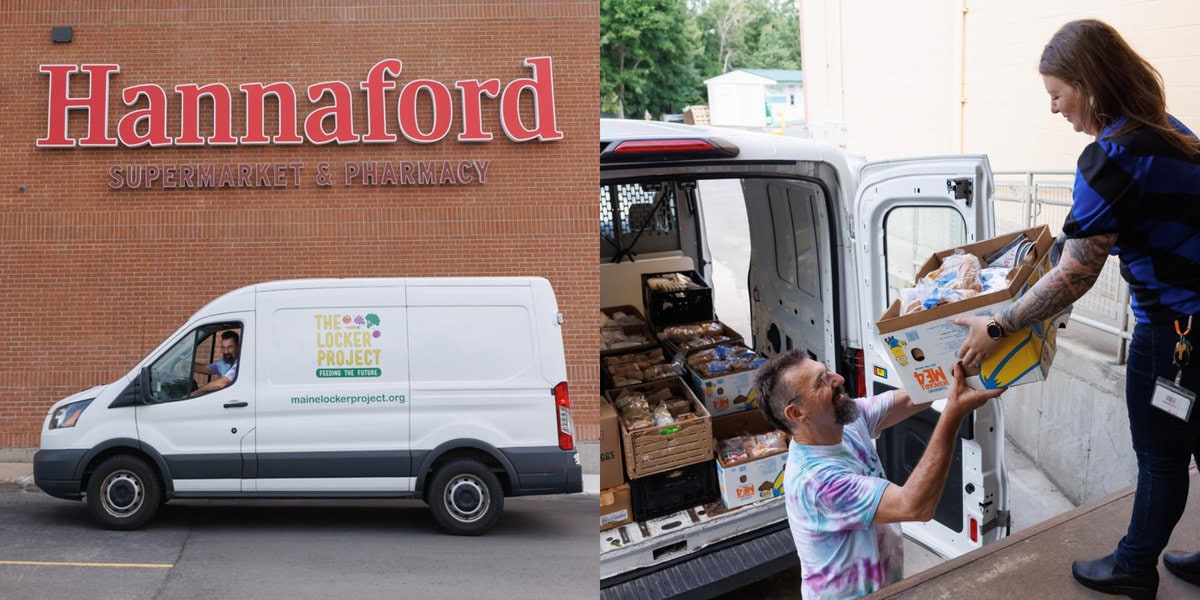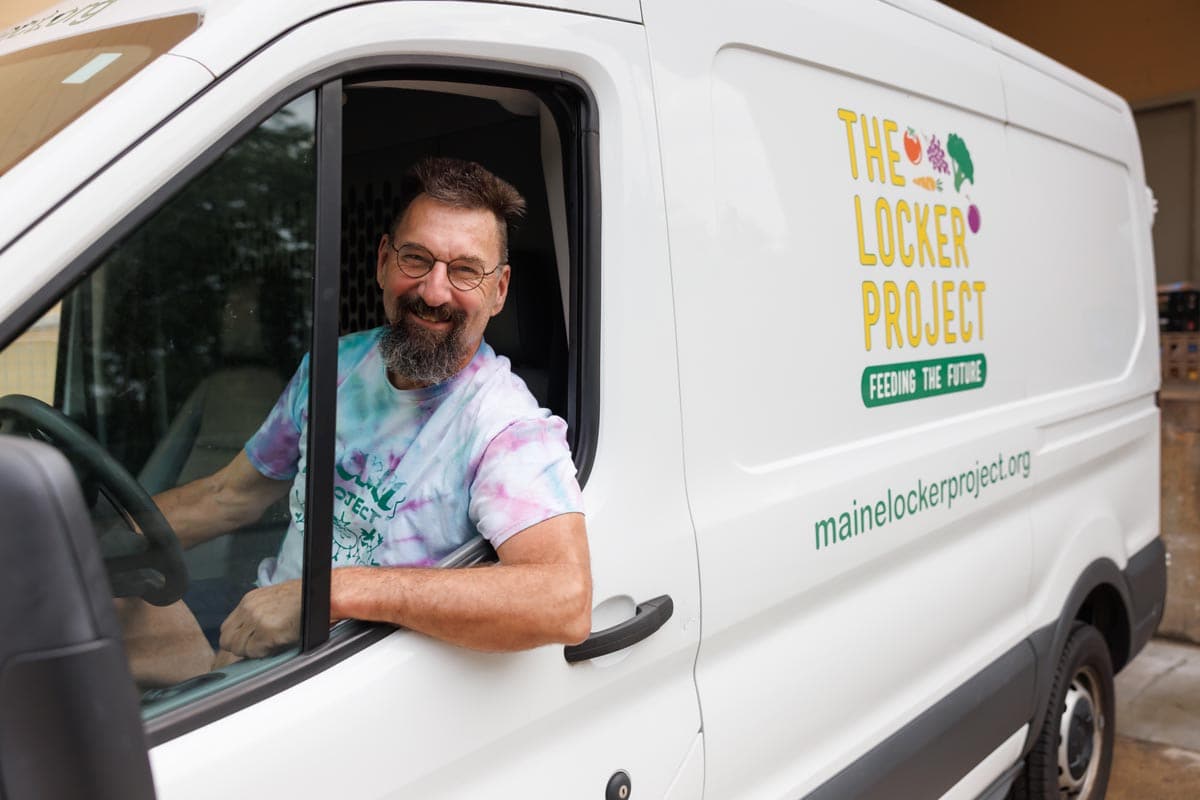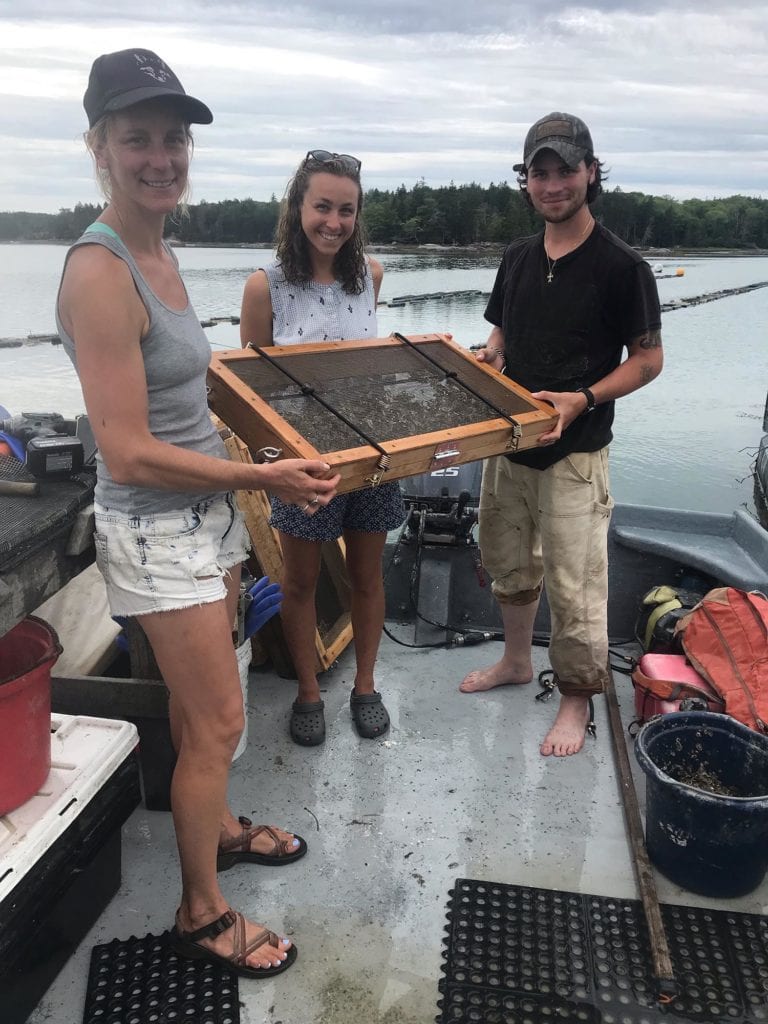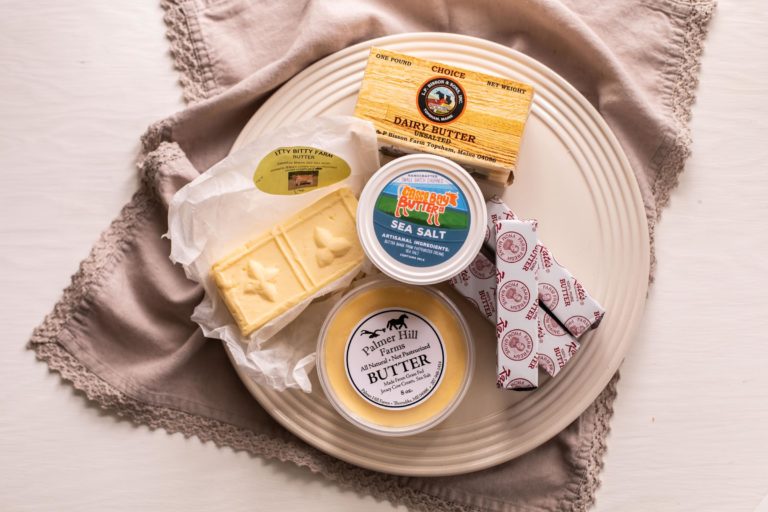In 1980, JoAnn Pike lived and struggled in Auburn with her husband and two small kids. The Pikes began a nightly practice of rummaging through local grocery store trash bins in search of salvageable food. They would find blocks of cheese, heads of lettuce, unbroken mayonnaise jars, and more, then share this bounty with folks in their prayer group. About a year later, JoAnn had a little food bank running out of her living room. She named it Good Shepherd Food Bank (she had once been a Catholic nun). It was an era when the idea of food banks and pantries was taking hold across America.
Pike approached management at her local Hannaford supermarket and asked if food destined for the trash can could be diverted to her fledgling enterprise. With its deep corporate culture of giving back to the communities it operated in, Hannaford welcomed the arrangement. At that time, “If you came to our store and told us you were hungry, we would most likely have given you food right then and there,” says Sherri Stevens, Hannaford’s community relations manager and a 37-year employee.
That ethos holds strong even now. Stevens says, “At Hannaford, we try to not only be that grocery store down the road. We want to be an active participant in our communities.” The hunger-relief work Hannaford engages in resonates deeply with all its employees. With training aids and tools, the hunger-relief culture is built into the employee onboarding process. “Everybody involved has a big heart,” she says.
By 1983, a working partnership between Good Shepherd Food Bank (GSFB) and Hannaford Supermarkets took shape. That partnership thrives to this day.

Every Hannaford has a portfolio of local agencies to work with—they could be food pantries, food-rescue organizations like The Locker Project, shelters, or soup kitchens. GSFB helps Hannaford identify these local entities and manages the logistics of the pickups. The food bank finds enough need around the state to keep Hannaford in food-rescue mode seven days a week.
Culling at the supermarket is a daily task, sometimes performed multiple times a day, at every Hannaford store across five states. It involves good, healthy food that the store can’t sell for various reasons. Maybe it’s reaching its sell-by date, maybe the packaging is a little damaged, maybe it’s not selling well, or maybe a redesign of the shelf space has yielded some odds and ends. “The goal is to get as much food as possible into the hands of people who need it,” Stevens says. And this culture of giving trickles down to all levels of the business. It’s not uncommon for employees themselves to find food, destined for compost, that’s still really good quality and ask to get it into the hands of a local recipient.
Back in 1983, though, while demand for rescued food was growing, so was GSFB’s need for space. The nonprofit moved out of the Pikes’ garage and into rented warehouse space in Lewiston. Then it expanded into yet another rented space. Finally, by 2001, GSFB was able to build a $3 million, 54,000-square-foot warehouse in Auburn with the help of Hannaford, volunteers, and a fundraising campaign. The operation was designed to move massive quantities of food, most of it from Hannaford. In 2023, out of all 128 corporate partner donors, Hannaford donated 6.9 million more meals to GSFB than the rest.
Inside the towering confines of yet another GSFB warehouse, this one a 32,000-square-foot facility in Hampden that opened in 2019, GSFB Corporate & Foundation Relations Officer Georgia Jenkins shows me around the vast space. Floor-to-ceiling pallets of donated food are efficiently stacked. There are a half-dozen forklifts beep-beeping about, grabbing pallets of mac & cheese, cases of sparkling water, cooking oil, or condiments. Giant tractor-trailers (GSFB owns six) are being loaded for deliveries to food pantries and soup kitchens—over 600 partners throughout all 16 counties in Maine. In 2023, the fleet traveled 259,784 miles and delivered 26 million pounds of food. What you won’t find amid all that food, Jenkins tells me, is sugary cereals or candy. Any that they take in is sorted by volunteers and immediately goes to compost, while the packaging goes to recycling. The food in those warehouses needs to meet nutritional standards.

GSFB has become the largest hunger-relief organization in Maine. It’s impossible not to be wowed by the numbers involved in moving rescued food around the state. So, in the words of NPR’s Marketplace, “Let’s do the numbers.” GSFB has 121 employees and 1,500 volunteers. It serves over 140,000 individuals every year. In 2023, its fleet of tractor-trailers delivered 26 million pounds of food. For fiscal year 2024, it will have distributed the equivalent of 39–40 million meals (by standard industry measurements, one meal equals 1.2 pounds of food). In 2023, Hannaford, its largest corporate donor, donated over 10 million of those meals.
In a way, when it comes to their shared goal of ending hunger in Maine, Hannaford and GSFB have flourished in tandem. Through their years together, the two groups have shared best practices; learned a lot about food handling, preservation, and storage systems; and modeled the art of giving back for thousands. Stevens is almost reverent when she says, “The partnership is so strong, it’s amazing.”














